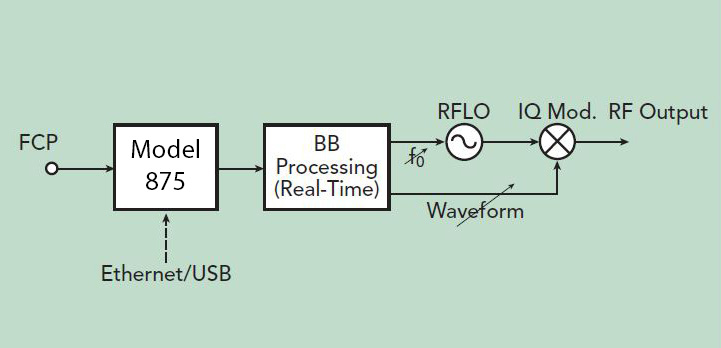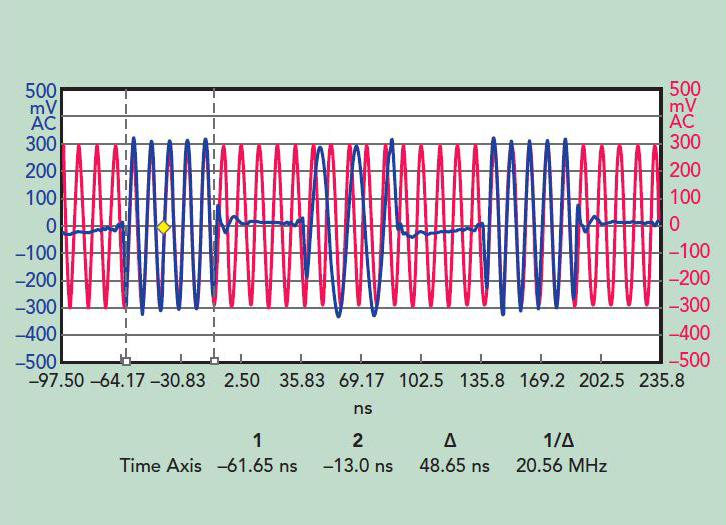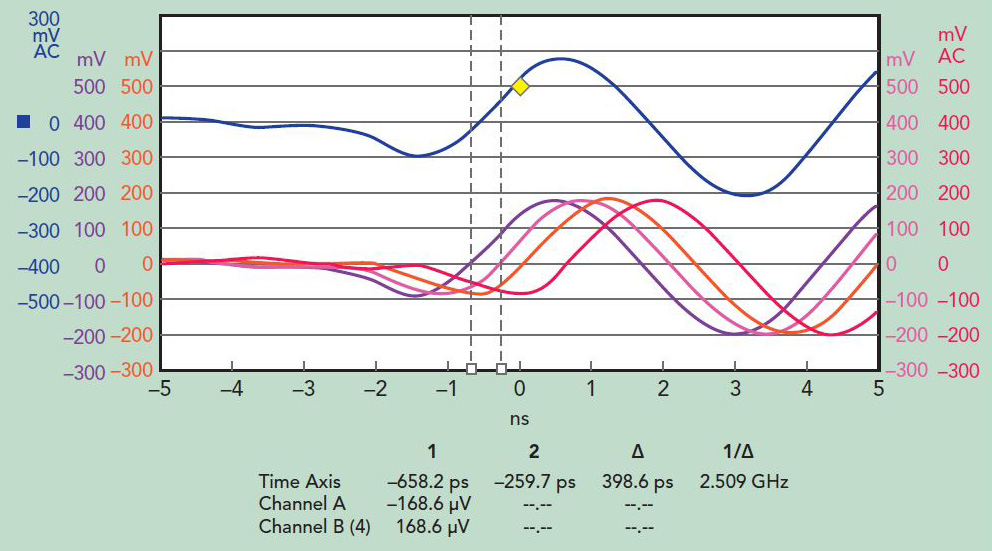March 20, 2023 - Model 875: Multi-Channel Radar Signal Generation with Precise Phase and Timing Accuracy
Two years ago, single- and multi-channel models of vector signal generators (VSG) were launched by Berkeley Nucleonics under the Model 875 series. The key features of these models include:
- Supporting a signal bandwidth of 400 MHz with wideband performance up to 40 GHz and data processing
- capability of 500 MSa/s
- 32 bits per sample with 512 MSa internal memory enabling sequential and waveform segment ID selective playbacks
- Rapid frequency and amplitude switching within a few microseconds, depending on the frequency change range
- Possessing phase coherence and phase-coherent switching capabilities
- A fast control port (FCP) allowing for quick modulation parameter setting and digital IQ data streaming of up to 250 MSa/s.
Berkeley Nucleonics' Model 875s with the mentioned features allow for the generation of phase and timing-accurate, multi-channel radar signals with flexibility. In support of this, Berkeley Nucleonics has developed software that is both user-friendly and cost-effective for generating radar signals on the multi-channel Model 875s.

Pulse Descriptor Word
Engineers conducting radar testing need to generate multi-pulse streams with each pulse having several parameters, such as amplitude, frequency, phase, pulse width, time position, and intrapulse modulation or chirping. These parameters are collectively known as the pulse descriptor word (PDW), and a list of PDWs completely describes a radar pulse stream. Table 1 provides a summary of the typical parameter set for a single radar pulse.
In the case of multi-patch radar antenna arrays, additional parameters are required to fully characterize them. These parameters include inter-channel phase coherence, which ensures relative phase stability, phase-coherent switching, where the relative phase between channels is stored in memory, and inter-channel timing accuracy. These parameters are critical for the proper functioning of multi-patch radar antenna arrays.
Modes of Signal Generation
Berkeley Nucleonics' VSGs offer two distinct modes for generating the pulse descriptor words (PDWs). These modes are implemented using circuitry within the VSG, and their block diagram is illustrated in Figure 1.

Mode 1: Sequential PDW Playback
In this mode, a list of PDWs, precompiled in a data format, can be uploaded into the internal memory of the Model 875 through the Ethernet or USB communication port. During playback, each PDW is translated into its corresponding modulation parameters sequentially and in real-time. This generates a stream of modulated radar signals, and accurately timed PDW sequences can be played back with the multi-channel Model 875s.
Mode 2: PDW Live-Streaming
In this mode, individual PDWs are sequentially fed into the internal memory of the Model 875 in real-time through the Model 875 FCP for immediate playback, as described in Mode 1.
Key Features and Performance Points
To generate radar pulse sequences that mimic real sequences, several features and aspects are crucial. Fast switching is a key parameter, with the VSG needing to support a pulse width ranging from less than a microsecond to a few microseconds. The frequency chirp rate is limited by the modulation bandwidth of 400 MHz. With a pulse width of 1 μs, chirp rates of nearly 400 MHz/μs can be produced with excellent signal quality. Another crucial capability is phase coherence, especially for multi-channel VSGs aiming to implement the correct radar beam angle specification. Phase coherence is the most relevant feature in this case, with the phase difference variation of the multi-channel being critical.

The Model 875 exhibits an RMS deviation of 0.3 degrees between two channels generating 5 GHz signals over hours of operation. Deterministic phase differences between channels are crucial for maintaining angle information during radar operation. Regardless of supply power switching on and off, the phase difference between channels does not change for a given frequency and power setting. This feature is referred to as phase- coherent switching and is illustrated in Figure 2. In the figure, the red sinusoidal signal is the reference channel, while the blue signal switches to a different frequency with a phase offset. However, the blue signal retains the same relative phase to the red signal when both return to the same frequency setting. Multi-channel Model 875’s support fine delays with +/- 1 ps RMS precision over the entire operating frequency range, allowing for the generation of multiple radar signal streams with accurate timing. This capability in a VSG is known as timing-accurate multi-channel triggering and is enabled by a unique delay mechanism that provides fine trigger delay adjustment. The effective resolution is a very small fraction, typically less than 1/2000, of the sample time, equating to less than 1 ps with a physical sample time of 2 nsec. Figure 3 illustrates the capability of fine delay setting.

In Conclusion
Berkeley Nucleonics' multi-channel Model 875 VSGs offer a combination of features, including fast switching, phase coherence, phase-coherent switching, and timing-accurate operation. These VSGs enable users to generate versatile and realistic pulse signals for radar and electronic countermeasures applications with ease. Users can replay multiple lists of PDWs from internal memory or livestream them through the fast control ports.
